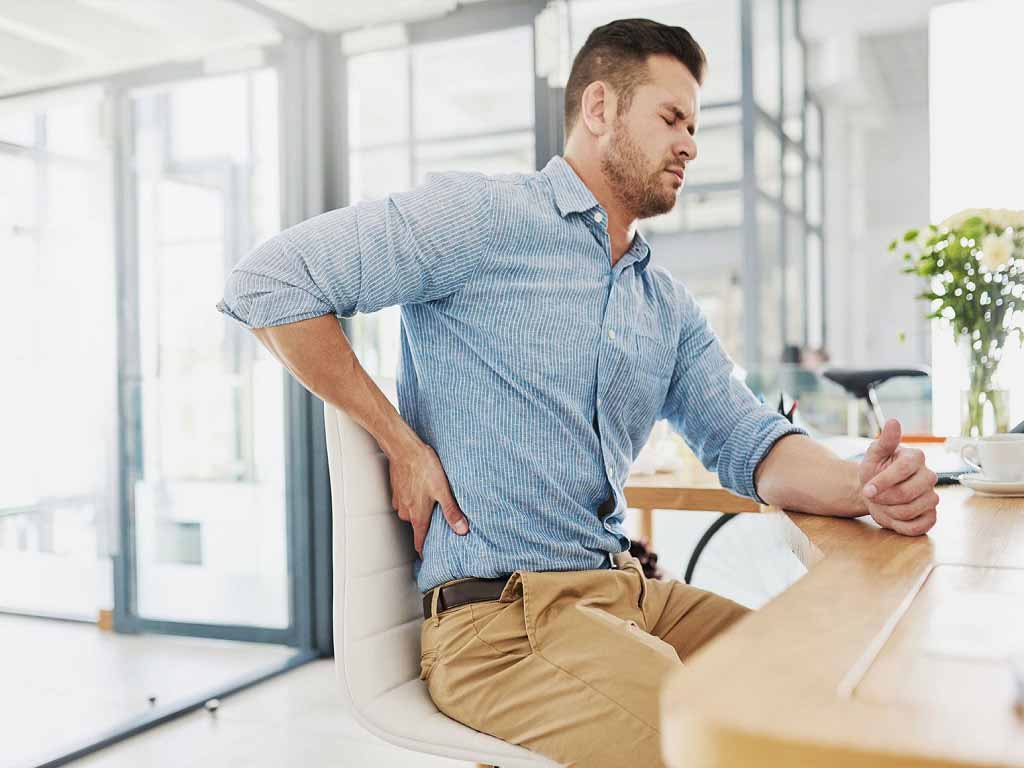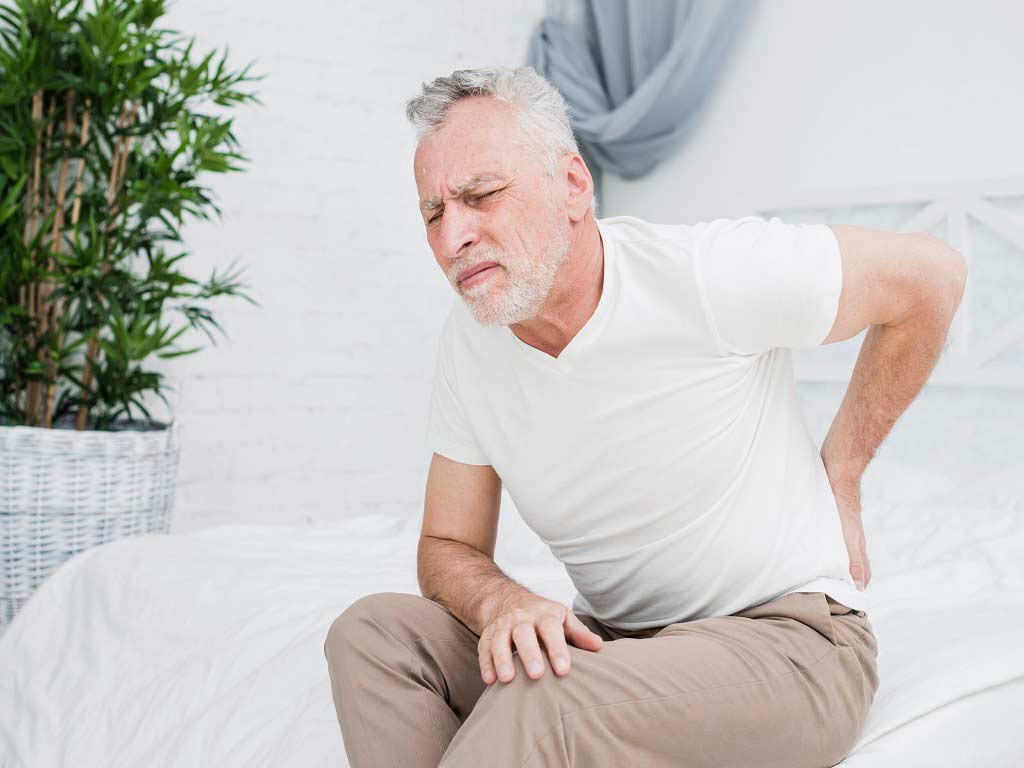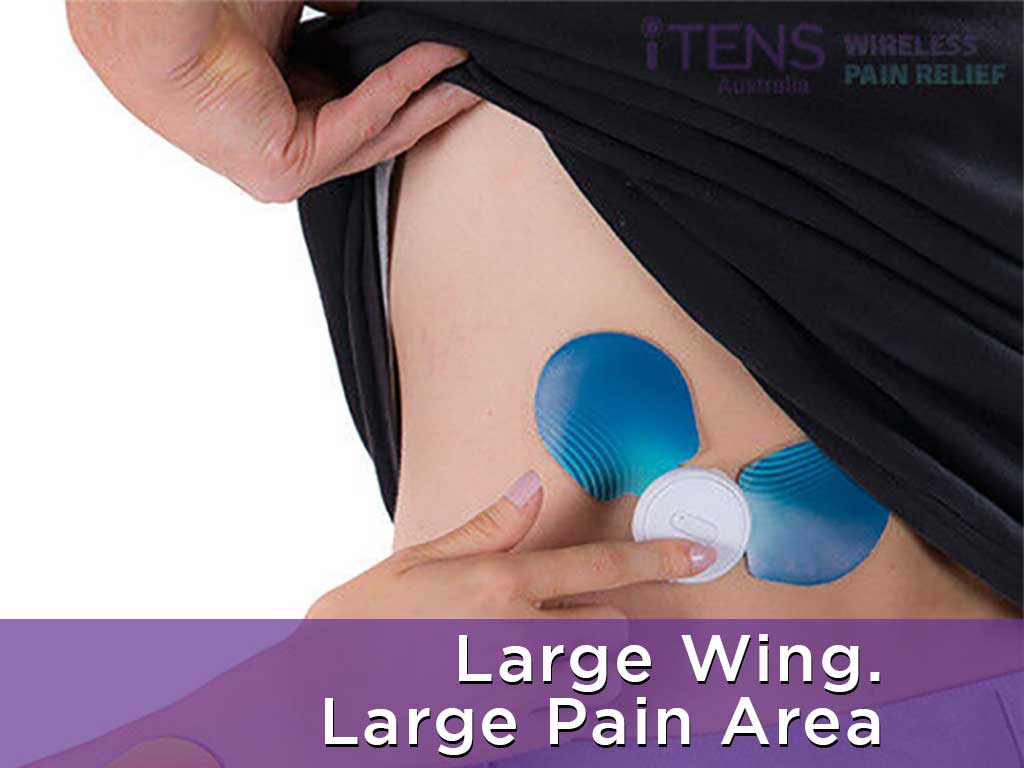
Lower back and hip pain on one side can be a result of various factors. This type of pain is often caused by an injury or an underlying medical condition. Common causes can include sciatica, herniated discs, degenerative disc disease, arthritis, muscle strain, and nerve impingement. Treatment options for this pain condition will vary depending on the cause and may include rest, stretching exercises, physical therapy, medications, and surgery.
This condition can have many causes and treatments which should be discussed with a healthcare professional to determine the best course of action for addressing the symptoms. Furthermore, Transcutaneous Electrical Nerve Stimulation (TENS) therapy is an alternative treatment that can help alleviate pain and discomfort. Many people opt to use a TENS machine to alleviate their pain. This article provides an explanation of the condition, its causes, and available treatment options.
What Does Lower Back And Hip Pain On One Side Mean?
Lower back and hip pain on one side is a common condition that affects many people at some point in their lives. It can be a discomforting and debilitating experience. Understanding what this type of pain means and what could be causing it is important.
Back pain can sometimes disappear on its own. However, there may be an underlying issue that causes the pain to come back or worsen gradually. Specifically, if someone experiences severe pain in their lower back and hip on one side, they might be dealing with sciatica. Sciatica is when the sciatic nerve becomes irritated or compressed. What makes sciatica different from regular back pain is that the pain only happens on one side, not the entire back.
The sciatic nerve is long, running from the lower back to the hips and leg. Pressure on the nerve can cause pain, numbness, muscle weakness, or needle-like sensations. Pain may get worse with movement like sitting or standing. Sciatica is caused by other back or spine disorders that compress or irritate the nerve.
When To See A Doctor
Seek medical care if:
- You are experiencing persistent or severe pain. Hip pain can be a symptom of various health conditions, including sports injuries, muscle strains, spinal stenosis, and joint pain.
- The pain in your hip is accompanied by other common symptoms such as sharp pain, loss of bowel or bladder control, or difficulty with walking or daily activities. These could indicate more serious issues, like nerve compression or spinal cord problems.
- The pain is interfering with your quality of life or range of motion.
It is recommended to consult a medical professional for evaluation and treatment to prevent potential complications and improve overall well-being.

Common Causes Of Lower Back And Hip Pain On One Side
Many people experience lower back and hip pain on one side. There are several potential causes for this type of pain. Muscle strain is a common cause, which can occur from overuse, poor posture, or sudden movements. When the muscles in the lower back and hip are strained, it can lead to pain on one side.
One potential cause of pain that radiates to the hip is a herniated disc. The discs in the spine serve as cushions between the vertebrae. If a disc becomes damaged or shifts out of position, it can apply pressure to nearby nerves, resulting in pain that extends to the hip.
Additionally, sciatica causes pain in the hip and lower back on one side. It happens when the sciatic nerve in the leg gets compressed or irritated. Also, hip joint issues like arthritis or a labral tear can cause one-sided pain. Furthermore, arthritis inflames and hurts the hip joint, while a labral tear is a tear in the hip joint’s cartilage.
Risk Factors
Having this type of pain can greatly affect one’s quality of life and range of motion. There are several risk factors that can contribute to this type of pain. Sports injuries, physical trauma, lack of exercise and muscle strains are common reasons for experiencing this condition.
Furthermore, age or spine deterioration, stress from repetitive motion and accidents or sudden falls can contribute to this condition. Others are infections, genetics, lifestyle habits like smoking and poor diet, as well as poor posture and improper lifting techniques. Therefore, you should be aware of these factors and how they can affect the body.

Treatment Options For Lower Back And Hip Pain On One Side
The treatment for lower back and hip pain on one side will depend upon its cause. In general, rest is recommended including avoiding everyday activities that aggravate the condition such as frequent exercise or sitting or standing for a longer period of time. Other treatments may include stretching exercises, physical therapy exercises, anti-inflammatory medications, injections, and surgery.
Physical therapy is a common and effective approach for treating lower back and hip pain. Through specific exercises and stretching techniques, physical therapists can help improve your range of motion, strengthen the muscles in your back and hips, and relieve tight muscles that may be contributing to the pain.
In some cases, medical interventions may be necessary. Depending on the severity of your pain, your doctor may recommend pain medication or corticosteroid injections to reduce inflammation and alleviate discomfort. Epidural steroid injections, which target the spinal canal, can be particularly effective in reducing pain caused by nerve compression. If your pain is caused by a medical condition like spinal stenosis or arthritis, your doctor may recommend other treatments like surgery to fix the problem.
Advantages Of Using TENS As An Alternative
Your healthcare provider may recommend the use of a TENS device. TENS is a non-invasive, drug-free option that uses mild electrical currents to reduce pain through electrodes attached to your skin. It works by stimulating the nerves in the affected area, which helps to block pain signals to the brain.
TENS can be easily used at home and is convenient for daily use. It allows you to manage your pain effectively, improve your mobility, and minimise the need for pain medication. However, you consult with a healthcare professional before starting any treatment plan to ensure it is suitable for your specific condition.
Conclusion
If you are experiencing lower back and hip pain on one side, seek medical attention. A healthcare professional can properly diagnose the issue and recommend appropriate treatment options. Treatment may include medication, physical therapy exercises, or even surgical intervention. If left untreated, chronic pain or loss of bowel or bladder control may occur. To prevent further complications, it is vital to address the source of pain and work with healthcare professionals to develop an appropriate treatment plan.
Remember, early intervention can lead to better outcomes and improved quality of life. Physical therapists would also recommend TENS as it is versatile and non-invasive. It can also treat pelvic pain, joint pain, leg pain, muscle pain and more. Furthermore, there are various sizes and shapes to fit your needs. If you want to get your own TENS machine, please visit iTENS Australia for extensive options.




















